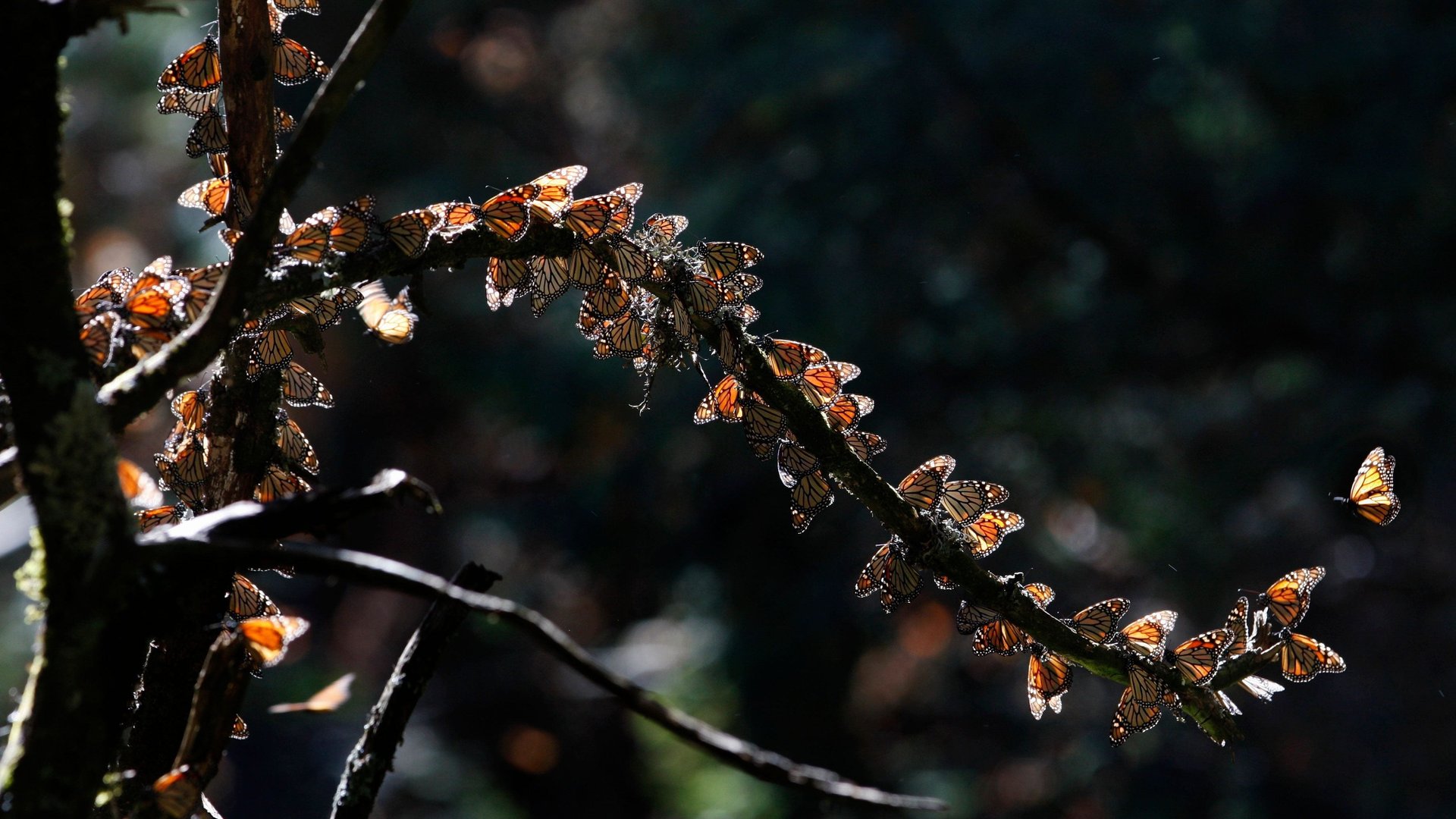The US-Mexico border wall is planned to go straight through a butterfly sanctuary
The US government shutdown may not have secured funding for the border wall president Trump wanted, but last year’s budget did include $1.6 billion for the construction of 33 miles-worth of barrier, a section of which is about to be erected in Texas. And that section is slated to go right through the refuge lands of the National Butterfly Center.


The US government shutdown may not have secured funding for the border wall president Trump wanted, but last year’s budget did include $1.6 billion for the construction of 33 miles-worth of barrier, a section of which is about to be erected in Texas. And that section is slated to go right through the refuge lands of the National Butterfly Center.
Federal officials say they plan to start construction of the wall on federally-owned land nearby, but US Customs and Border Protection maps reviewed by the Associated Press show that the planned wall would “cut through the butterfly center, a nearby state park, and a century-old Catholic chapel next to the river,” the AP writes.
One hydraulic excavator has already been “pre-positioned” on land “owned by the US Fish and Wildlife Service,” a US Customs and Border Protection official wrote in an email to Quartz on Wednesday (Feb. 6). Construction will begin there in “mid-February,” the official wrote.
On Feb. 3, the National Butterfly Center posted a photo to Facebook of a construction vehicle parked “on land immediately east of us.” The wall is slated to be built on a levee on the Rio Grande, which sits partly on the Butterfly Center’s private property, according to the post. An officer from the Mission, Texas police department told center staff that “effective Monday morning,” the part of the Butterfly Center’s land near the levee “is all government land.”
Federal law permits the Department of Homeland Security to bypass environmental regulations. It also allows the federal government to seize private land under eminent domain—a power that allows the government to take private property for public use. Land seizures for the wall are already in process along the Texas border, but it may prove a quagmire for the federal government. Lawsuits brought by landowners are already piling up, and could take years to resolve. In Texas, eminent domain lawsuits more than a decade old are still pending, from the last time the federal government tried to seize land for border security purposes under the George W. Bush administration.
The Butterfly Center launched a crowdfunding campaign to pay for a legal fight against the seizure, and has raised nearly $44,000 as of this writing.
Its 100-acre refuge is made up of parcels of land purchased by the nonprofit to create a corridor for endangered species. Those 100 acres lie adjacent to the US-Mexico border in the city of Mission, in Hidalgo County, which sits in the southern reaches of Texas about 100 miles east of the Gulf coast. Mission is across the Rio Grande from Reynosa, in the Mexican state of Tamaulipas. The wall is slated to be built on a levee on the Rio Grande, but its footprint—which extends beyond the wall itself —will reportedly seal off 70 of the Butterfly Center’s 100 acres. “The plan that we’ve seen calls for 18 feet of concrete and 18 feet of steel bollards, with a 150-foot paved enforcement zone for cameras, sensors, lighting and Border Patrol traffic,” Luciano Guerra, who works for the National Butterfly Center, wrote in the Washington Post in December.
The detriment to wildlife in the area will be significant, as Guerra wrote:
On the south side of the barrier, flooding will worsen. On the north side, animals (including threatened species like the Texas tortoise and the Texas horned lizard) will be cut off from ranging beyond the wall for feeding and breeding. Flood lighting will disrupt the usual patterns of nocturnal species. We dread the destruction that will come when the bulldozers arrive, which could be as early as February. That loud, heavy machinery will cause irreparable damage to the habitat we’ve worked so hard to restore.
The “enforcement zone” around the wall could also destroy sacred tribal sites, including gravesites of tribal ancestors at the Eli Jackson Cemetery in San Juan, Texas, according to the San Antonio Express-News.
The Border Protection official declined to answer whether the construction would, as reported, cut off 70 of the Butterfly Center’s 100 acres, writing only that construction would “be on the existing IBWC [International Boundary and Water Commission] levee.”
On Monday, a group of about 35 members of local Native American tribes protested on the levee where the wall is planned to be built, the Express-News reported. Juan Mancias, tribal chair of Carrizo Comecrudo tribe of Texas, led the protest with an eagle feather staff in hand. “I didn’t expect it this soon,” Mancias told the Express-News.